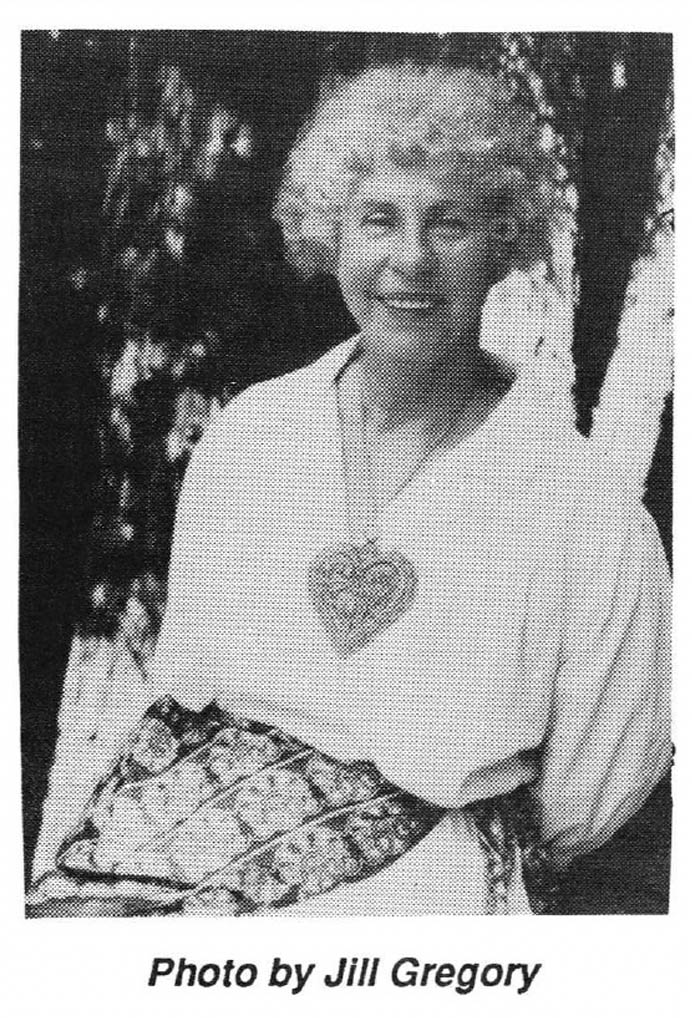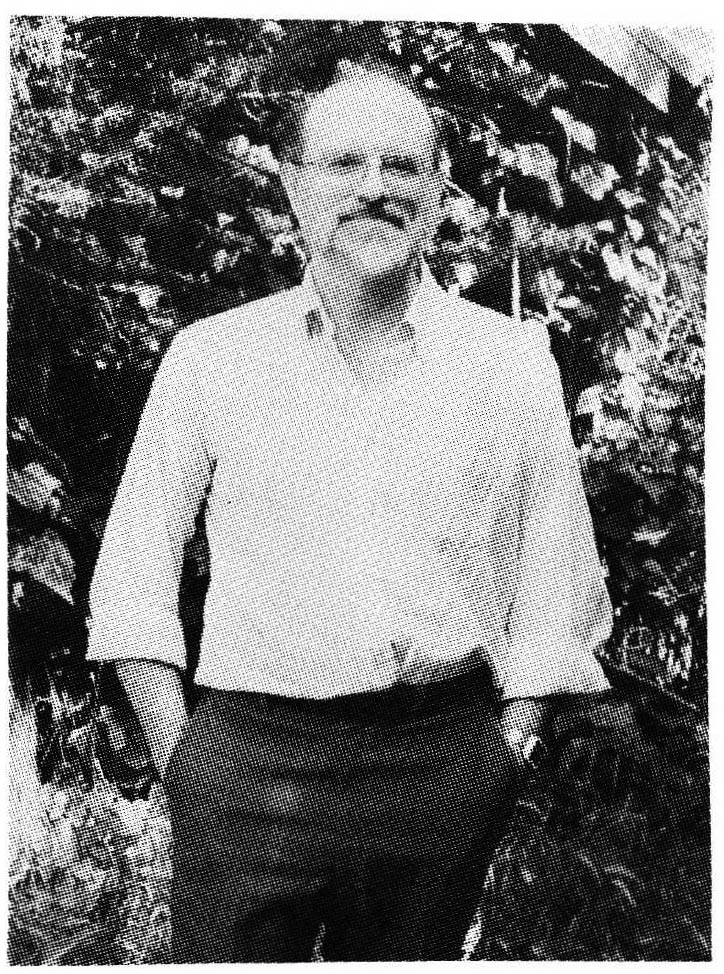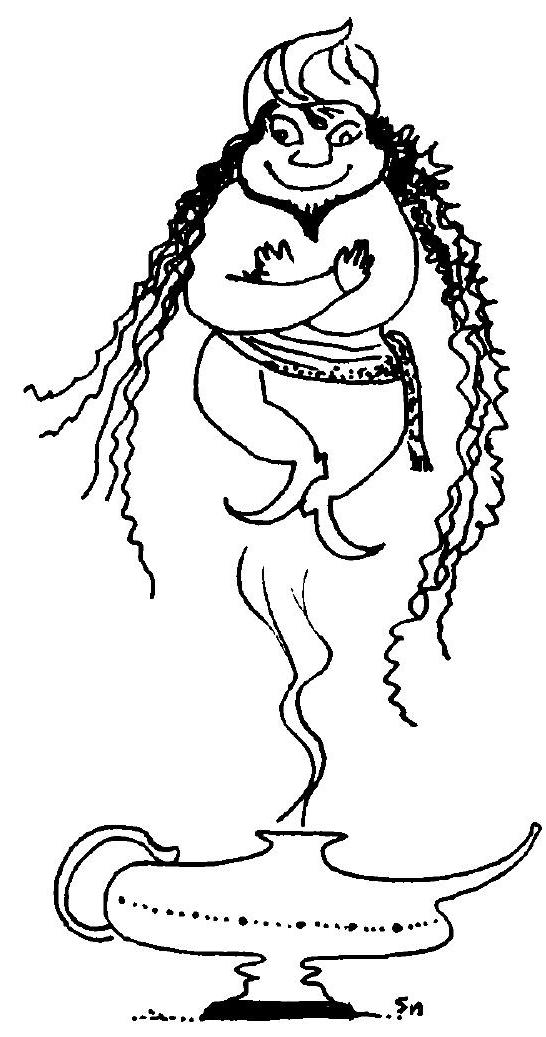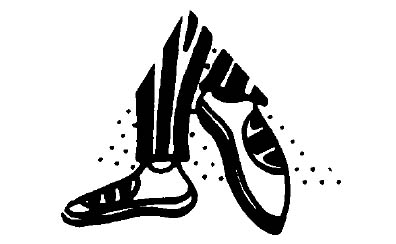When working with people on improving or adding a dreaming skill, I have discovered that the whole dreamer's selves must be taken into account. Whatever is happening in our dreaming is affected by literally everything else which occurs in our life and vice-versa. Making a real shift in one immediately translates into a shift in the other. As I explore who the dreamers are and what is going on in their dreaming life, I have discovered fascinating connections.
One client enjoyed lucid dreaming for years and then suddenly, with no reason apparent to him, ceased lucid dreaming for many years. When we looked at the major events of his outer life we discovered that his loss of lucidity coincided with retiring from work and moving to a smaller house. The feelings that he had about himself, which had been largely tied in with his work, were diminished when he retired. As a dreamer he felt diminished in power and effectiveness and his dream world and dream skills shrank just like his house. He can use that imagery to recreate a sense of expansiveness and productivity in his life. This, in turn, might very well reawaken his lucidity.
Another example of this interaction is a lady who was intrigued by the possibility of lucid dreaming and had a very developed dreaming life. However, she had never had a lucid dream. For her the block was a belief that since she had a tendency to be controlling in her waking life, she would therefore use lucidity to control her dreams and would diminish the value of her dreams for self understanding. I suggested to her that she could use lucidity to be more fully present in the dream, as the dream unfolds, and thereby augment the value of her dreams without controlling. She immediately began lucid dreaming and found it to be a positive and enjoyable addition to her dream life.
The more you know about your past and present dreaming and waking life, the better sense you have of who you are as a dreamer. Then you can get clear on what you want to create and what you need in order to create it. This knowledge can fuel a sense of being in charge of your life.
Understanding your own sleeping patterns can help determine the best times to practice certain dreaming skills. For example, for people who have a long hypnogogic or half-awake, half-asleep period before falling asleep, that time would be optimal for incubating new skills or dream experiences. But for someone who falls asleep immediately, goes very deeply into sleep and wakes up quickly, perhaps naps would be a good time for this work.
Not only is the following profile helpful as a tool for dreamworkers, but it also provides feedback and information for dreamers to assess their own patterns of dreaming. It can reveal connections between seemingly disparate events in dreaming life and waking life, showing trends and patterns. It can help dreamers to see themselves more clearly, to form dreaming goals more realistically, to improve or change dreaming, add a skill, decrease or eliminate problems. It can serve the individual dreamer as a supplement to a dream journal, or be taken to a dreamworker for consultation. it can be used as an intake assessment form by dream educators/dreamworkers for their clients.
The use of this profile can be simple or involved. Evaluate your dream life in relation to your waking life. Decide which time frames you want to consider. You can go back and look at your past, evaluating five or ten year spans. You can compare time periods to see life changes and the relationship between your dreams and change. You can see your natural strengths as a dreamer and build on those or use them as bridges to new or improved skills.
For example, you may already be a skilled dream flyer. The new skill you wish to develop might be having mystical transcendent dreams. Rather than simply incubating for your mystical dream, it might be helpful to suggest that you will fly to a mystical and transcendent place. The familiar skill would act as a doorway to an unfamiliar and desired skill. Any repetitive symbol, location or dream experience can also be targeted as a dream cue or key for lucidity or any other dream skill goal.
One of the immediate benefits of putting your dream life on paper is to give you some distance and perspective. This perspective can be extremely beneficial and empowering. Things that are nebulous or theoretical become concrete and graphic.
At age 36 I laid the profile out to go to an expected lifespan of 80 years.
Although there was nothing to fill in for the years beyond 36, it was very inspiring for me to look at the years lying ahead and to consider what might be possible in my dreaming and waking life, given what I'd accomplished in my first 36 years. It jolted me out of a sense of self satisfaction and complacency with my current level of skills and inspired me to continue to explore and open to new skills and experiences in my dream life. When I looked back, it showed me that every new skill I had developed stayed active in my dream life.
What are the benefits of developing or improving your dreaming life? One thing is that incredible dream experiences will literally pepper your dreaming life and you will reap the benefits with joy, learning, self awareness, harmony, empowerment, energy and creativity. If you're only aware of your waking self, there's half of your self that you don't even know and are not experiencing. It would seem to be impossible to be whole without some integration of that important part of our life. Life becomes fragmented and a sense of continuity is lost.
My priority with clients is to help them improve their relationship with their dreaming, to reclaim their birthright of an alive, growing and satisfying dream life. My dream for the future is that we recognize that in addition to our many roles, in our families, work, social interactions and community, we all have in common a most important role; the fact that each of us is a dreamer and has an ongoing dreaming life regardless of its current level of evolvement. As more people reclaim their dream lives, we can move toward a society which recognizes and honors the potential of dreams.
The profile is suggestive. Tailor it to suit your own purposes. Add your own questions or categories. You may discover new questions to ask of your dreams and your dream life or new relationships between your dreaming and waking lives.
DREAMER PROFILE
Developed by Jill Gregory
I. DREAM LIFE
A. DREAM SKILLS
(Answer the following questions for each of these dream skills: Did you attempt this? Did it occur? What was the frequency? What is your competency level? Are you satisfied with this level?)
Dreamwork
a. Recall
b. Journaling
c. Incubation
i. Requesting a specific dream for a specific
purpose.
ii. Various techniques to help bring that about.
d. Gleaning Understanding (Connecting the dream
to waking life)
i. Intuitive understanding (Knowing why dream
occurred and what it means)
ii. Interpretive dreamwork
aa. Definition
bb. Associations
cc. Noting symbol evolution
dd. Putting the dream in its context, both waking
and dreaming life
ee. Noting puns
ff. Noting themes
iii. Non-interpretive dreamwork (Creative
expression)
aa. Visualization
bb. Re-enactment & drama
cc. Art
dd. Dialogue
ee. Re-experience & expand feelings
In-Dream Abilities
a. Flying
b. Psychic skills
i. ESP
aa. Group dreaming
bb. Precognitive & postcognitive
cc. Telepathy
ii. Out-of-body
c. Ecstasy (Sexual/Emotional/Spiritual)
d. Spiritual (Transcendent)
e. Lucidity
f. Healing (Self & others)
g. Gleaning Understanding (Connecting the dream
to waking life)
i. Intuitive understanding (Knowing why dream
occurred and one or more of its meanings)
ii. Interpretive dreamwork-(See above)
iii. Non-interpretive dreamwork (Creative
expression)-See above
B. DREAM CONTENT
Themes
Symbols
Feeling tones
Types of dreams
Major dream events
Vividness
Clarity
Length
Sensations (The five senses)
II. INNER LIFE
A. ATTITUDES, BELIEFS and FEELINGS
B. DESIRES and GOALS
C. KNOWLEDGE
D. COMMITMENT (How much?)
Motivation
Time
Energy
Risk
Money
III. OUTER LIFE
A. LIVING SITUATION (Social context)
Personal
Family, friends and colleagues
Community
a. Local
b. National
c. Worldwide
B. MAJOR LIFE CHANGES (Inner and outer)
C. HEALTH
(For each of the following: ongoing or temporary conditions, energy level/vitality, sense of wellbeing [satisfaction level], problem areas, growth areas, traumas and breakthroughs)
- Physical
a. Medication
b. Sleeping habits
i. When? (Time of night or day)
ii. Average hours of sleep
iii. Quality of sleep
Spiritual
Emotional
Mental
D. SIGNIFICANT DATES/ANNIVERSARIES
E. DREAM SUPPORT
- Dream sharing-friends, family and colleagues
a. How many do you share with?
b. Who do you share with?
c. Is it beneficial?
Classes
Groups
One on one
Books
Media
Mentor/teacher


















